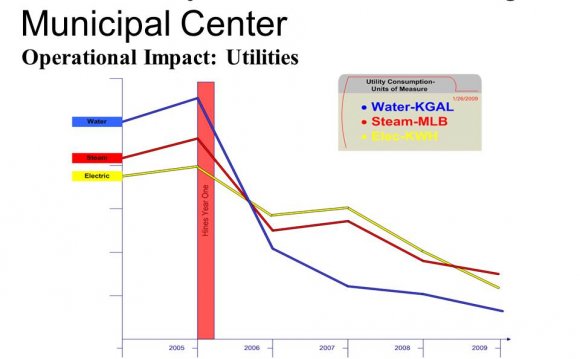
As vehicle manufacturers seek to reduce the noise levels experienced by passengers, the noise due to the heating, ventilation, and air conditioning (HVAC) system becomes a target for improved acoustic performance. The HVAC system is complex, consisting of a blower and mixing unit coupled to many ducts through which air is transported to various locations, including faces and feet of front and rear passengers, as well as windshield and side glass defrost. The blower must supply sufficient pressure head to achieve desired air flow rates for each thermal comfort setting. Noise is generated due to the blower rotation, and by the turbulent air flow in the mixing unit, through the twists and turns of the ducts, and exiting the registers (ventilation outlets). When designing an HVAC system it is difficult to predict whether noise targets will be met, and to achieve multi-disciplinary performance optimization. Compromises between flow, thermal, and acoustic performance can result in late design changes or degraded passenger comfort. The effects of integrating the HVAC system into the vehicle, which changes the performance relative to the test bench, also may result in degraded performance, driving late design changes.









